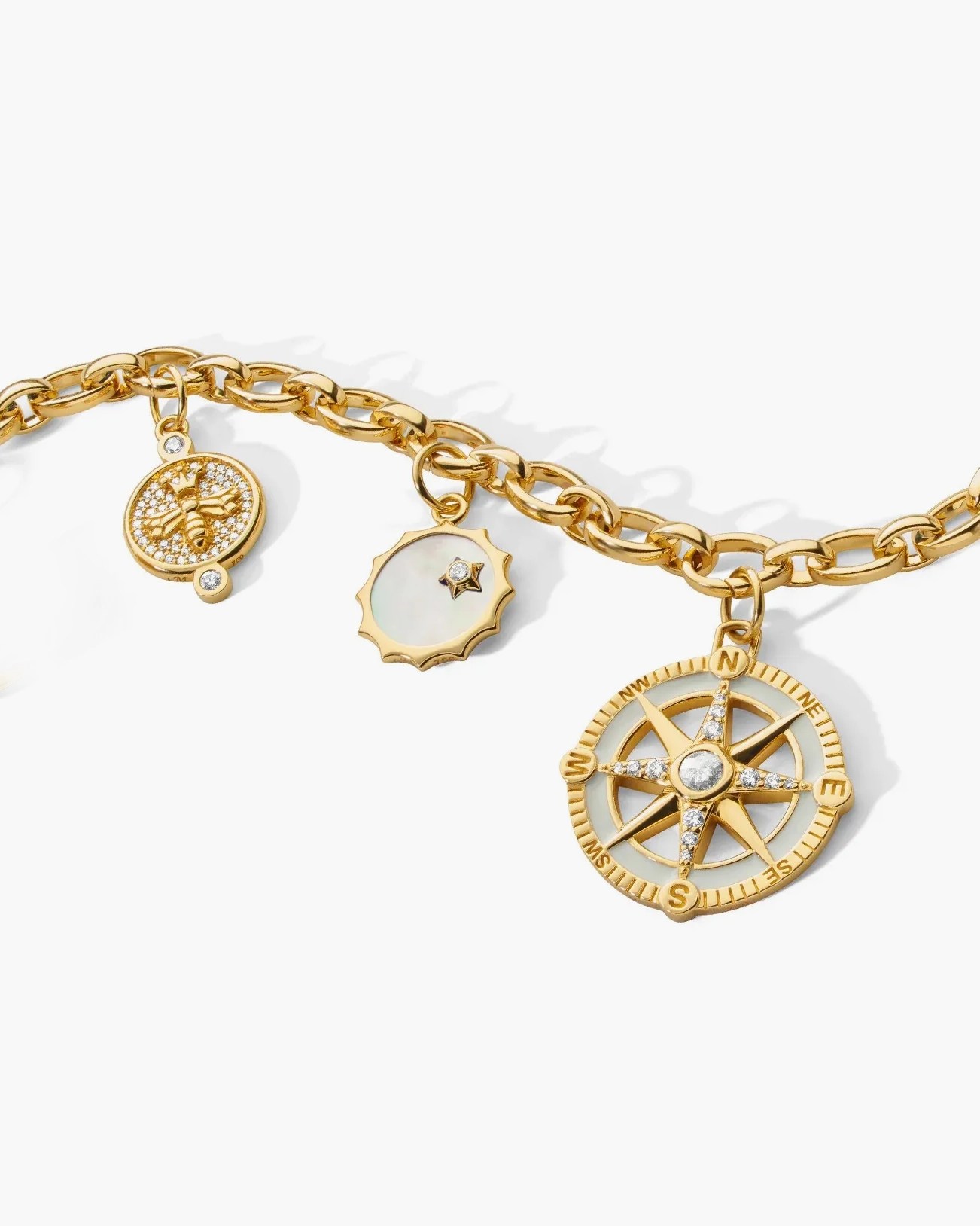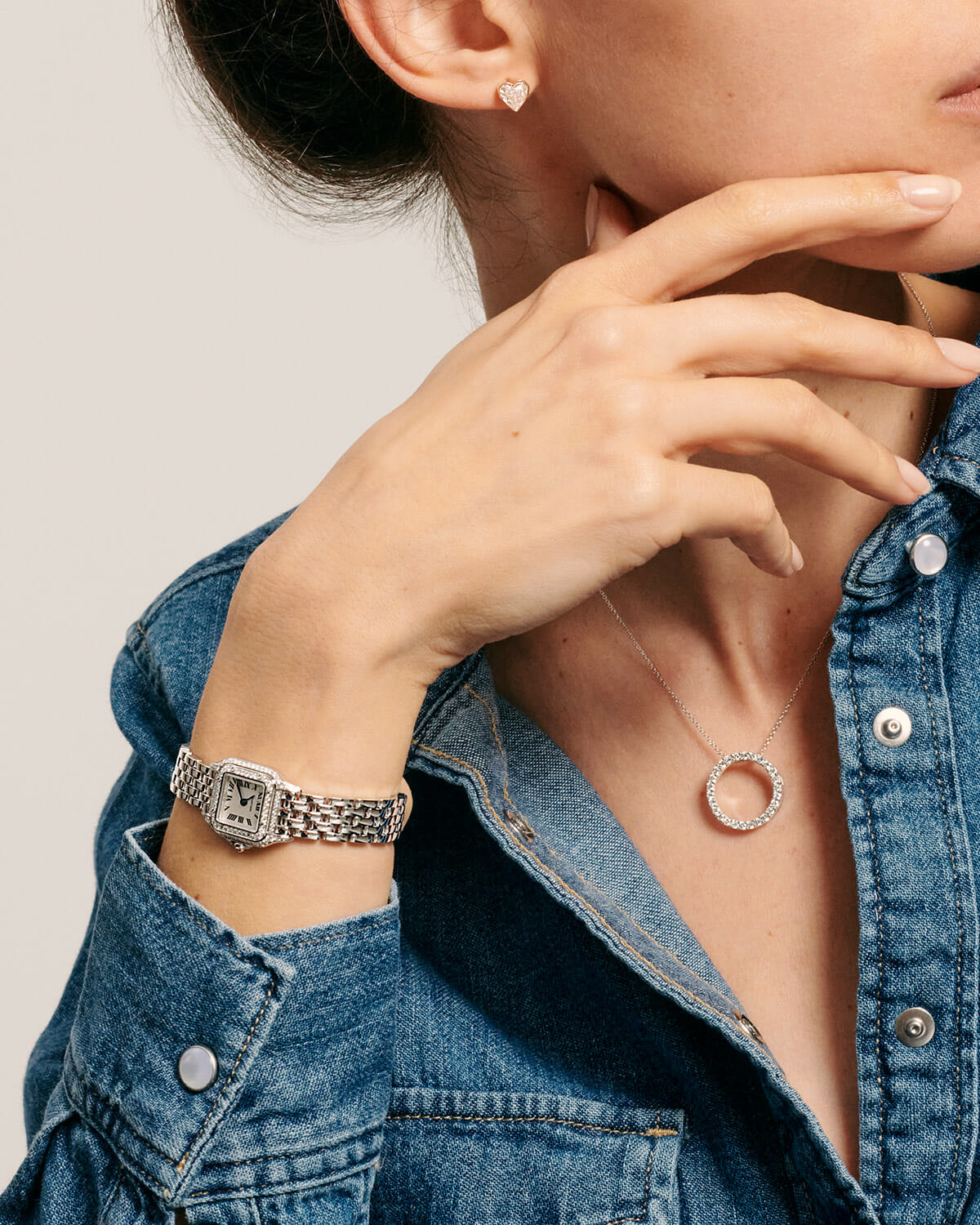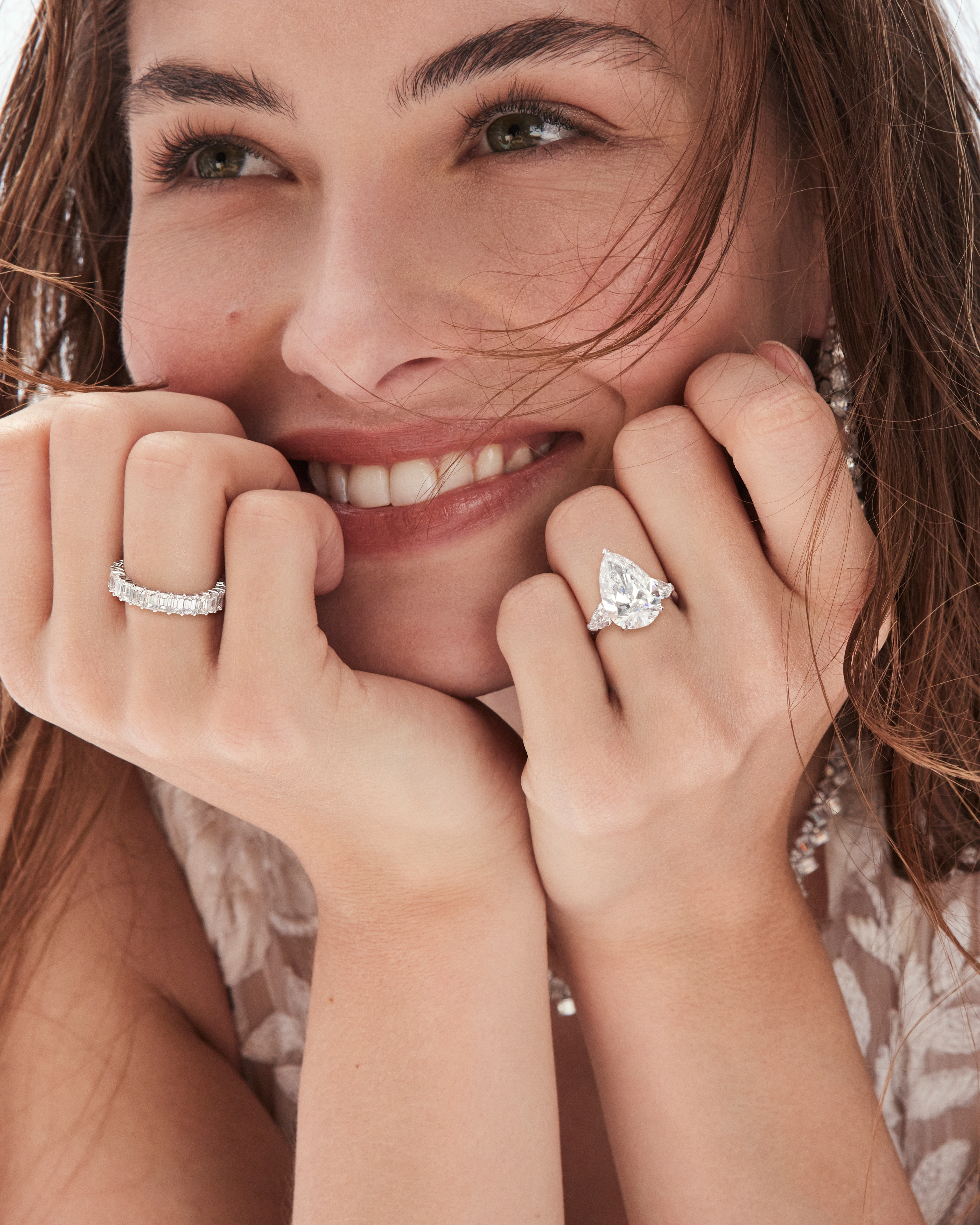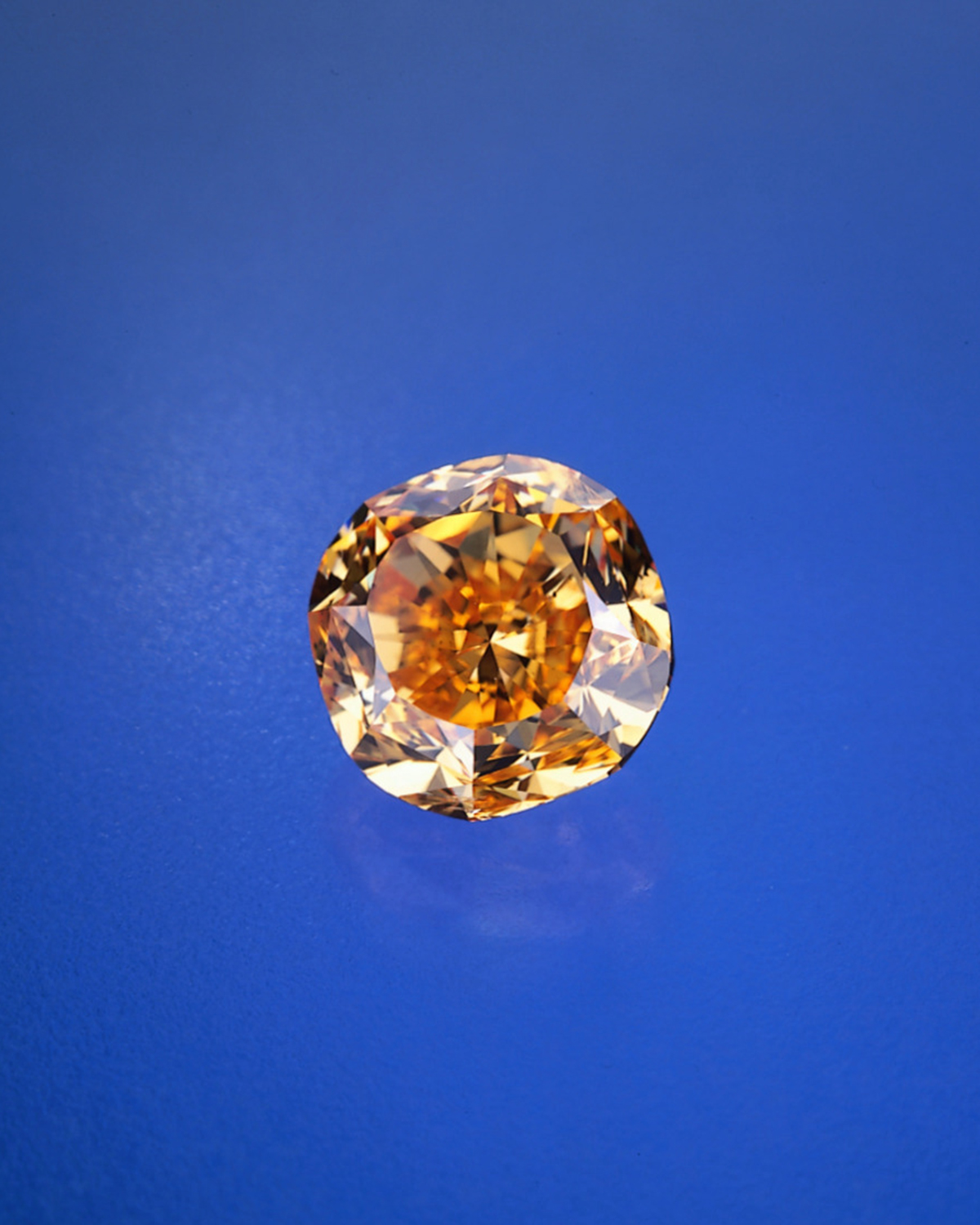Uncover the Real Story Behind Your Natural Diamond
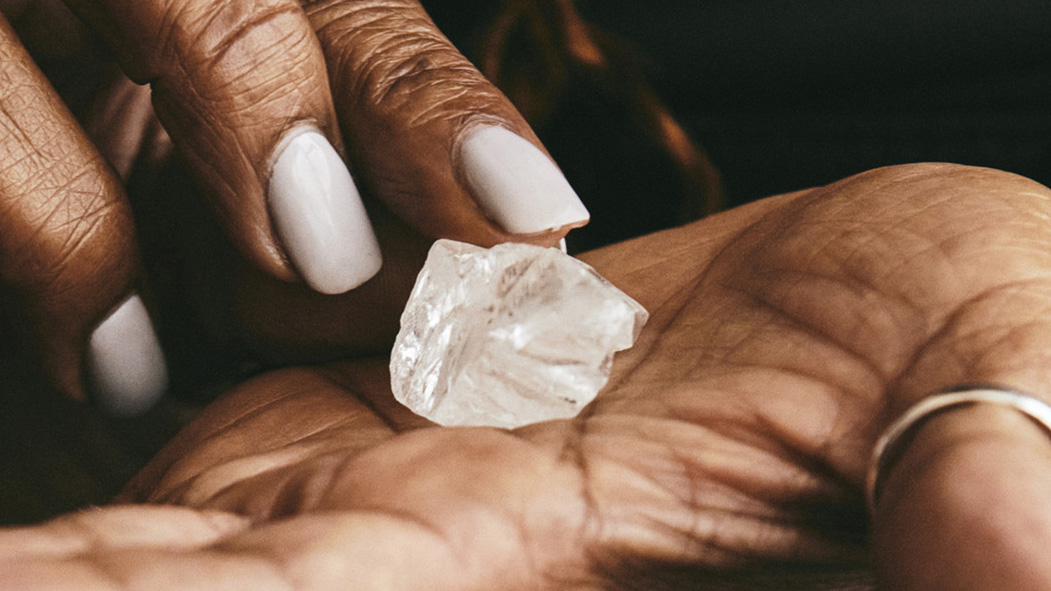
In the age of conscious consumerism, natural diamonds, it turns out, delivers significant positive impact. And it’s not just talk.
Today, more jewelers can identify the origin of your diamond, trace its journey from the mine to the retailer, and its impact on surrounding local communities. That’s a lot to unpack in a small stone!
With so much greenwashing around sustainable and ethically sourced products, the diamond industry is finally making it easy to decipher fact from fiction. Diamond producers have created a transparent process that is quantifiable and available to you. If it sounds too good to be true, here are the facts.
It’s a new era in natural diamond transparency.
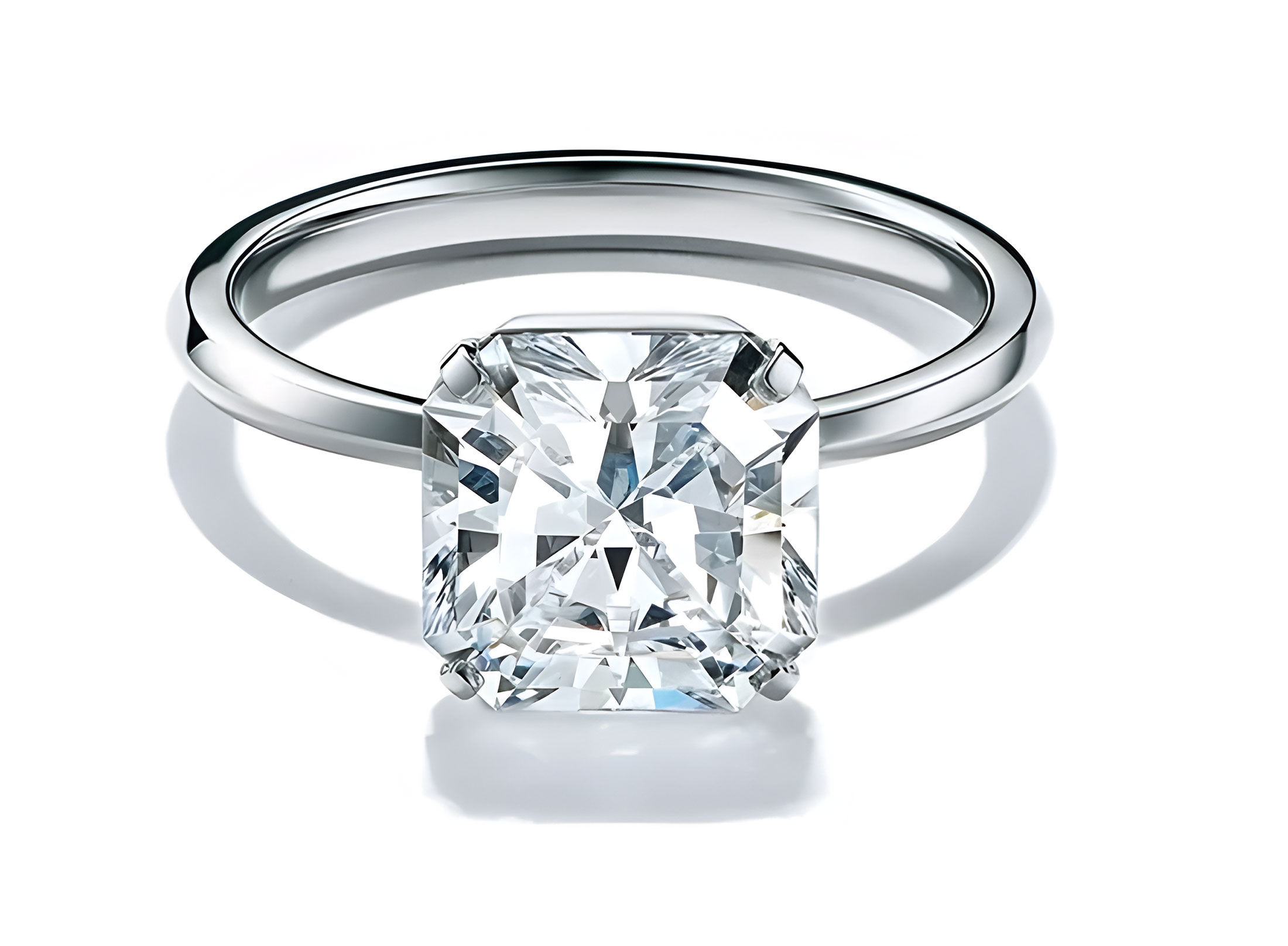
with certificates that identify their country of origin.
Let’s say you walk into Tiffany’s, peruse cases of sparkling diamond jewels, and find the diamond ring of your dreams–the perfect cut, carat weight and setting. Then you ask, where did this diamond come from and what impact did it have on the communities that produced it?
Tiffany’s full craftsmanship journey shares where its newly sourced, individually registered diamonds .18 carats and larger are sourced. The impact from diamonds in those countries of origin is huge: In Botswana, for instance, Tiffany’s provided more than $93 million in economic benefits in 2021. That money supported the country’s education, infrastructure and environmental conservation among other projects. Tiffany’s also traces the stone from the mine through the manufacturing process, listing every stop on its journey. Now your diamond comes with a legacy and feel-good backstory that makes it even more precious.
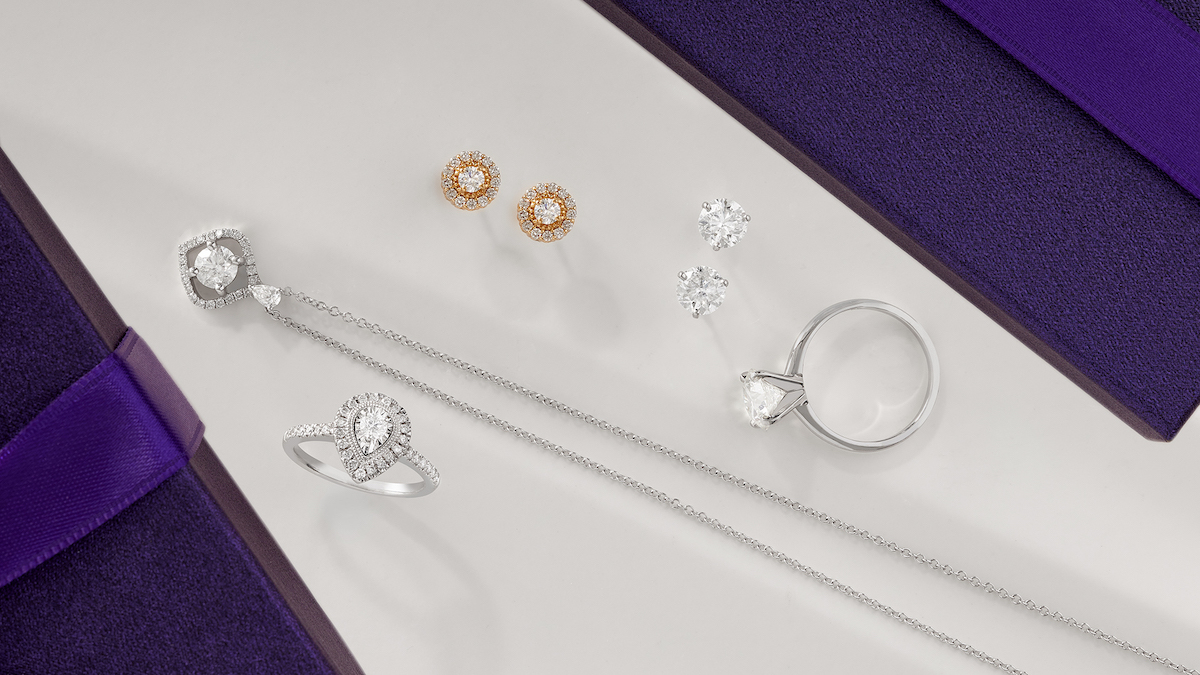
This is fast becoming the new diamond industry standard. Jewelers including Boucheron, De Beers, Ben Bridge and many more can verify their diamond’s origin and story. And last year the Gemological Institute of America (GIA), the world’s diamond and gemstone grading authority, established the Source Verification Service (SVS), which can authenticate and trace a diamond’s journey from the rough through the manufacturing process.
Why the change now?
The demand for transparency isn’t new but the industry’s ability and eagerness to deliver is a game-changer.
Up until recently, it’s been nearly impossible to track a diamond from the mine to the retailer. That’s because a rough diamond is passed through many hands before it gets to you, and it’s complicated to track. Over the past few years, the industry has pioneered innovative technologies and partnerships which enabled companies to secure the supply chain through a transparent and verifiable process.
New technology is being further developed and rolled out industry wide, so you can expect to find more information about a diamond’s journey made easily accessible over the next few years.
Why should we care about the ability to trace the journey of a diamond?
The diamond mining industry has historically been mired in controversy and misinformation. But the biggest mining entities have led this transformation over the past 20 plus years and want the world to know what’s really happening on the ground where diamonds are unearthed. They have supported wide-sweeping philanthropic, social and environmental initiatives, and want to share this information.
“Today’s consumers put importance on the supply chain, they want to understand where things come from, how they were created, how they impacted today’s world,” explains David Block, the CEO of Sarine, the technology company, which is partnering with leading luxury brands, including Boucheron, to trace the diamond journey.
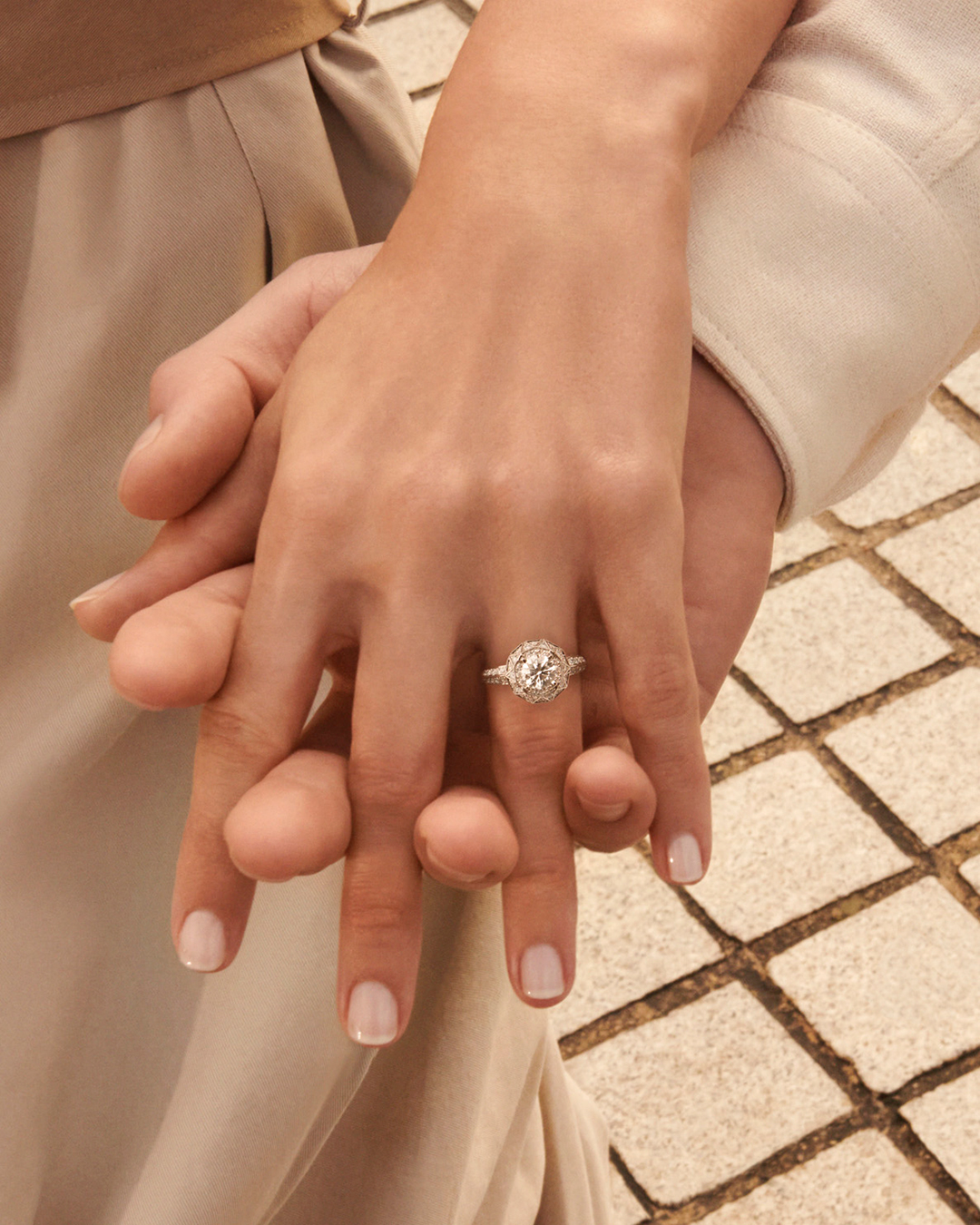
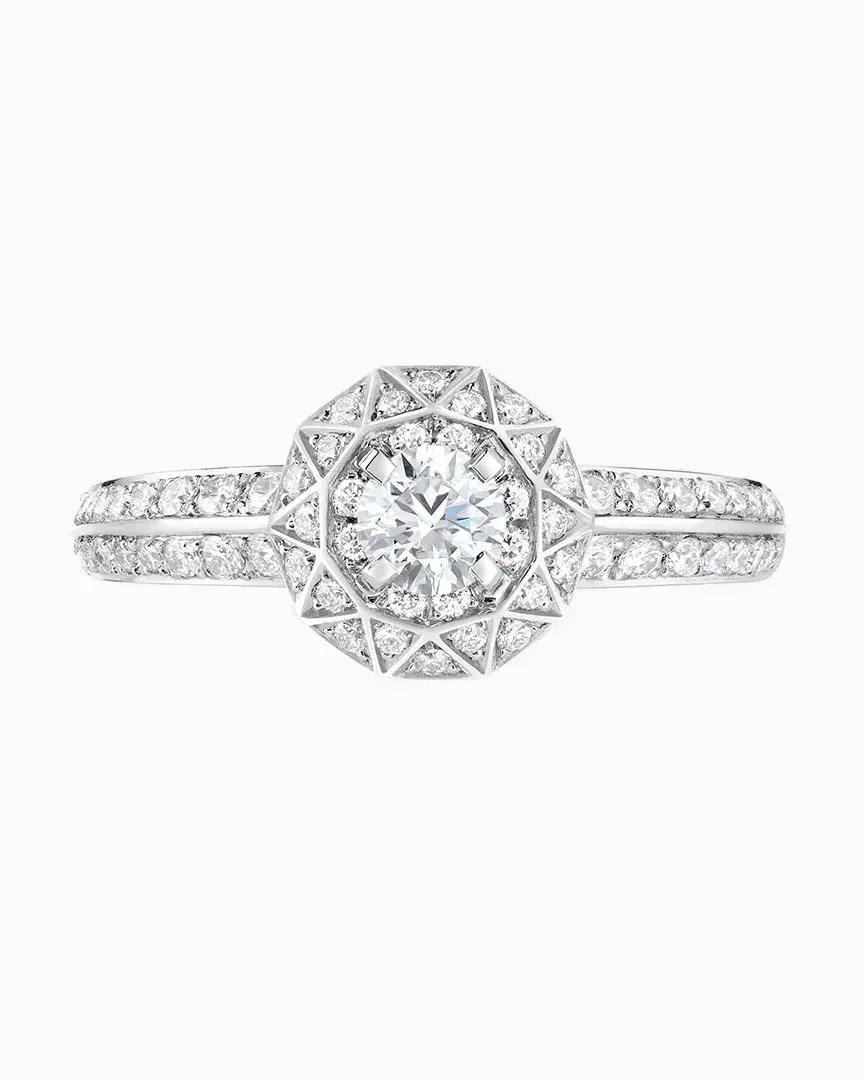
If you are shopping for an engagement ring at Boucheron, rest assured the Etoile de Paris diamond solitaire ring comes with a Sarine powered certificate that includes the requisite 4C’s (which are based on Sarine’s artificial intelligence (AI) systems) along with comprehensive information tracking the diamond from the rough through its transformation into a jewel. You can expect to see more luxury brands using the Sarine certificate as the company’s ground-breaking blockchain technology is a full-proof path to responsibly sourced diamonds.
Where to buy certified diamonds today.
Searching for that perfect diamond – one that is beautiful and comes with a backstory that aligns with your values? Well, De Beers’ Code of Origin program has been rolled out nationwide. By 2030, the mining giant will laser-inscribe every diamond it discovers and sells with a unique code that verifies it came from one of the De Beers mines in Botswana, Namibia, Canada or South Africa. It has already been implemented in diamond jewelry offered at Macy’s and Bloomingdale’s to mention a few. Code of Origin ensures the diamond is natural and sourced responsibly and philanthropy is baked into every diamond it sells. A significant percentage of the stone’s profits is dedicated to social and environmental causes, from education to protecting millions of acres of land for animals.
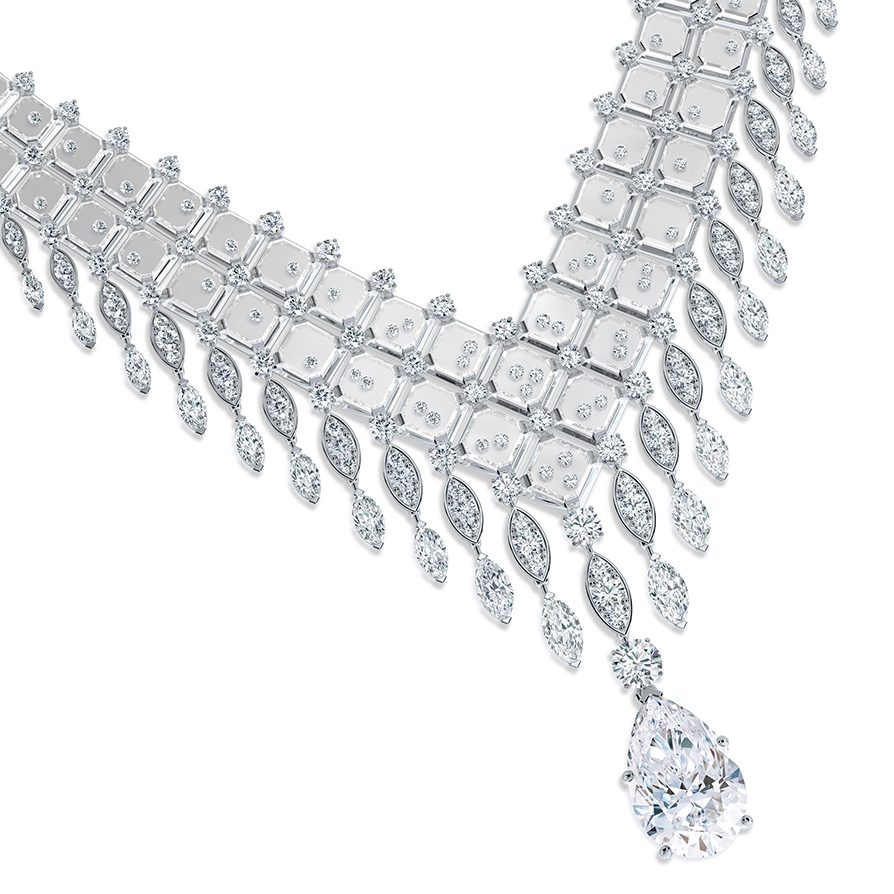
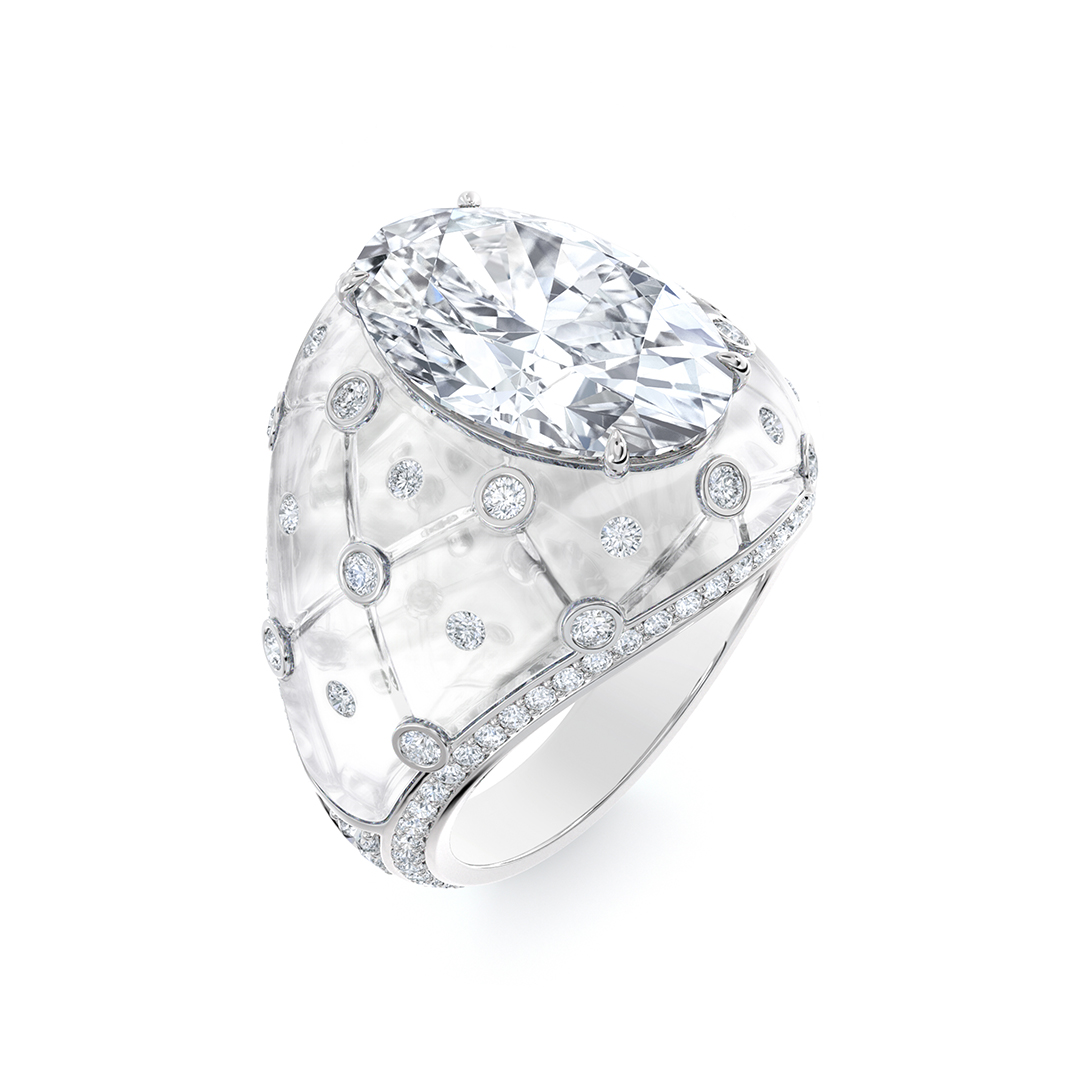
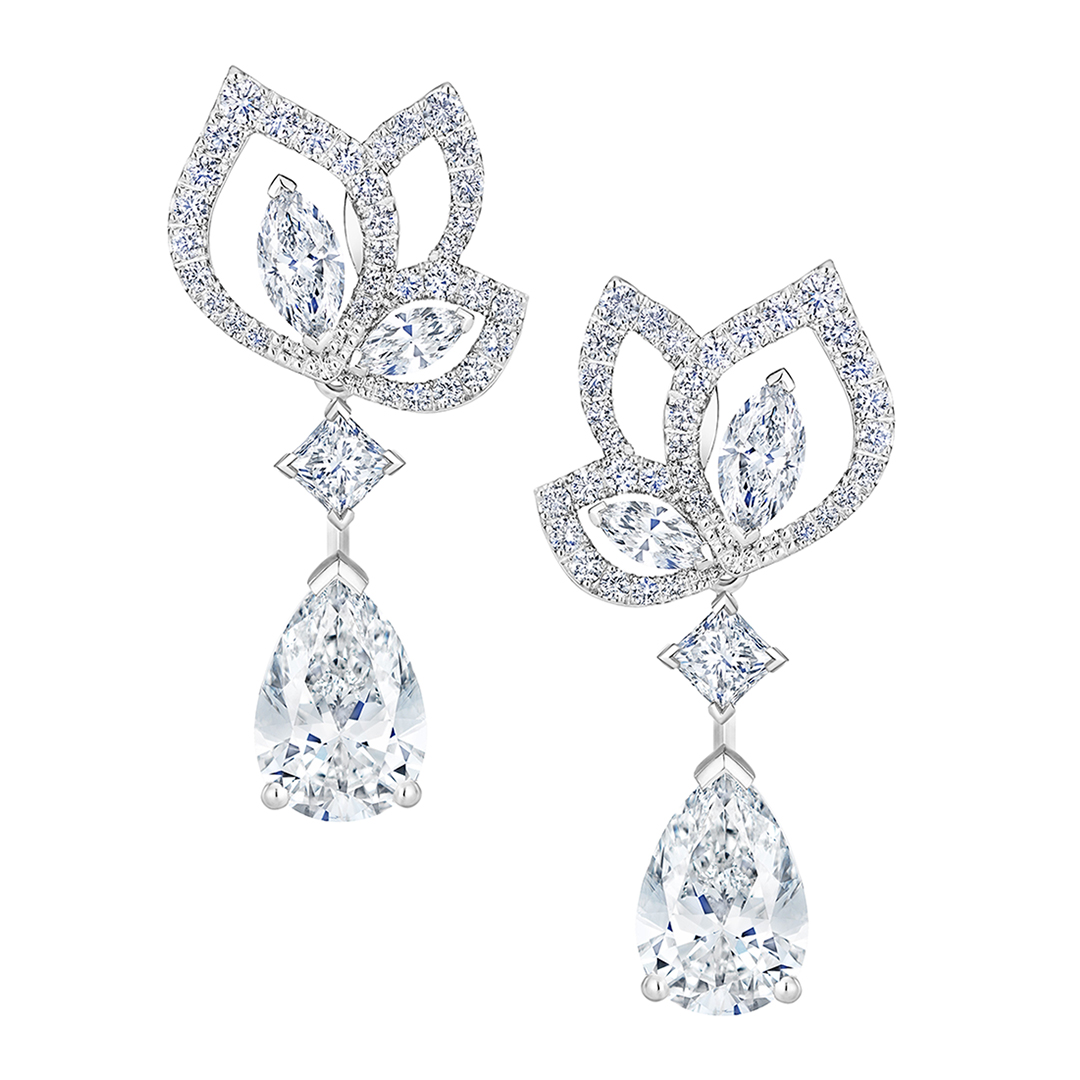
De Beers Flourishing Lotus High Jewelry Earrings – both matching large pear center diamonds were cut from the original rough that was 129.71 ct – they are 10.31ct (each) D color FL clarity from the Jwaneng Mine in Botswana.
If you want a Canadian-mined diamond, look no further than Ben Bridge Jeweler, a retailer with more than 30 stores on the West Coast. It’s exclusive Ikuma Diamond Collection features laser-inscribed stones with a number that tracks it back to its Canadian mine.
“We are able to trace the diamond back to the exact Canadian mine that it came from,” explains Lisa Bridge, President and CEO.
You probably never heard of HB Antwerp, but it’s changing the way diamonds are cut and sold starting at the mine. It partnered with Lucara Botswana, which produces a large share of the world’s top-quality diamonds, to cut, polish and sell the stones through its secure network.

We are able to trace the diamond back to the exact Canadian mine that it came from
Its latest innovation is the “HB Capsule,” a physical vault that uses blockchain technology and data analytics to track every stage of a natural diamond’s journey. This high-tech capsule can only be opened by fingerprinted authorized personnel who are next in line to interact with the diamond. Sounds like a James Bond device, right? Every unlocking step in the process is registered on the blockchain and stored on a state-of-the-art HB Ledger created in partnership with Microsoft. That means you know everyone who touches the diamond from the time it’s unearthed to when it reaches the store.
In this new era of diamond shopping, HB has created the Signum brand that offers rough diamonds to consumers who can work with the company to determine how the diamond is cut to their specifications. It’s next level personalization.
Shopping for diamonds is getting a lot more exciting and fun. Now you can get a beautiful stone and trace the fabulous backstory to share with friends – or keep it as your own feel-good story.
